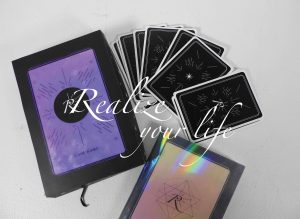Eyes Speak
Navreet Badh
See it On Campus: Level 2
Visitor InfoRennie Hall
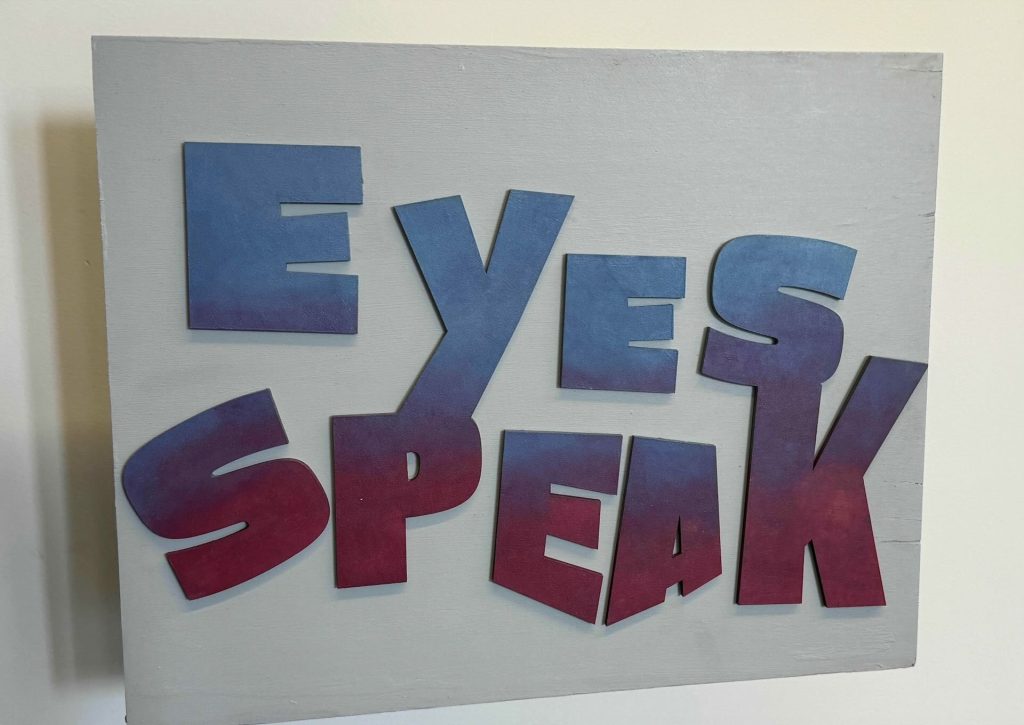
A Project Based on Non-verbal Communication.
“Eyes Speak” explores the world of non-verbal communication, focusing on facial expressions. Through the form of a short animation, this project explores the subtle nuances of human emotion, inviting viewers to understand feelings conveyed through facial expressions.
In a world where feelings aren’t always verbalized, understanding, and interpreting non-verbal cues becomes an invaluable skill. “Eyes Speak” seeks to highlight the profound significance of non-verbal communication as a universal language, transcending linguistic barriers to make deeper connections and understanding among individuals.
Through “Eyes Speak,” we celebrate the beauty and power of non-verbal communication, reminding all of us that sometimes, the most profound messages are conveyed without a single word spoken. Join me on this captivating journey as we uncover the hidden language of emotions, one frame at a time.

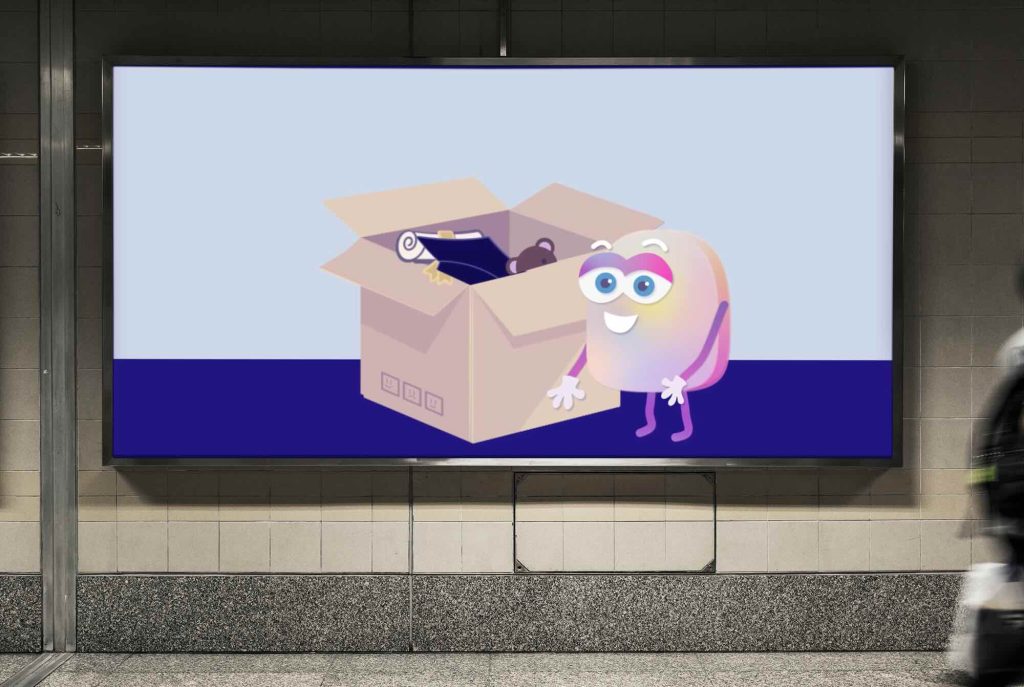

Postcard – Giveaways
Utilizing postcards themed around the six primary emotions serves as an engaging method to involve the audience with my project. Color theory plays a big role in this connection with emotions, facilitating mood depiction. By employing color psychology to associate specific colors with each emotion, we can effectively highlight the distinctions between them.
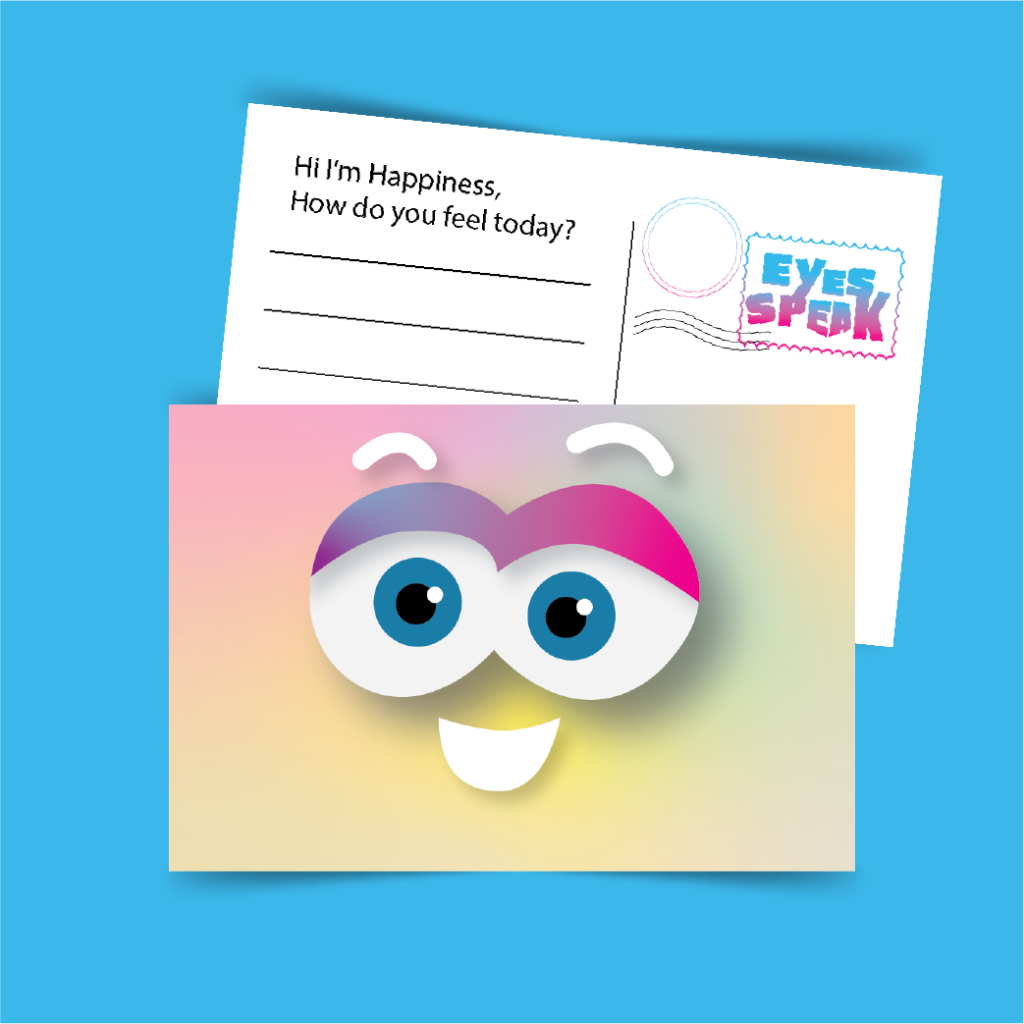
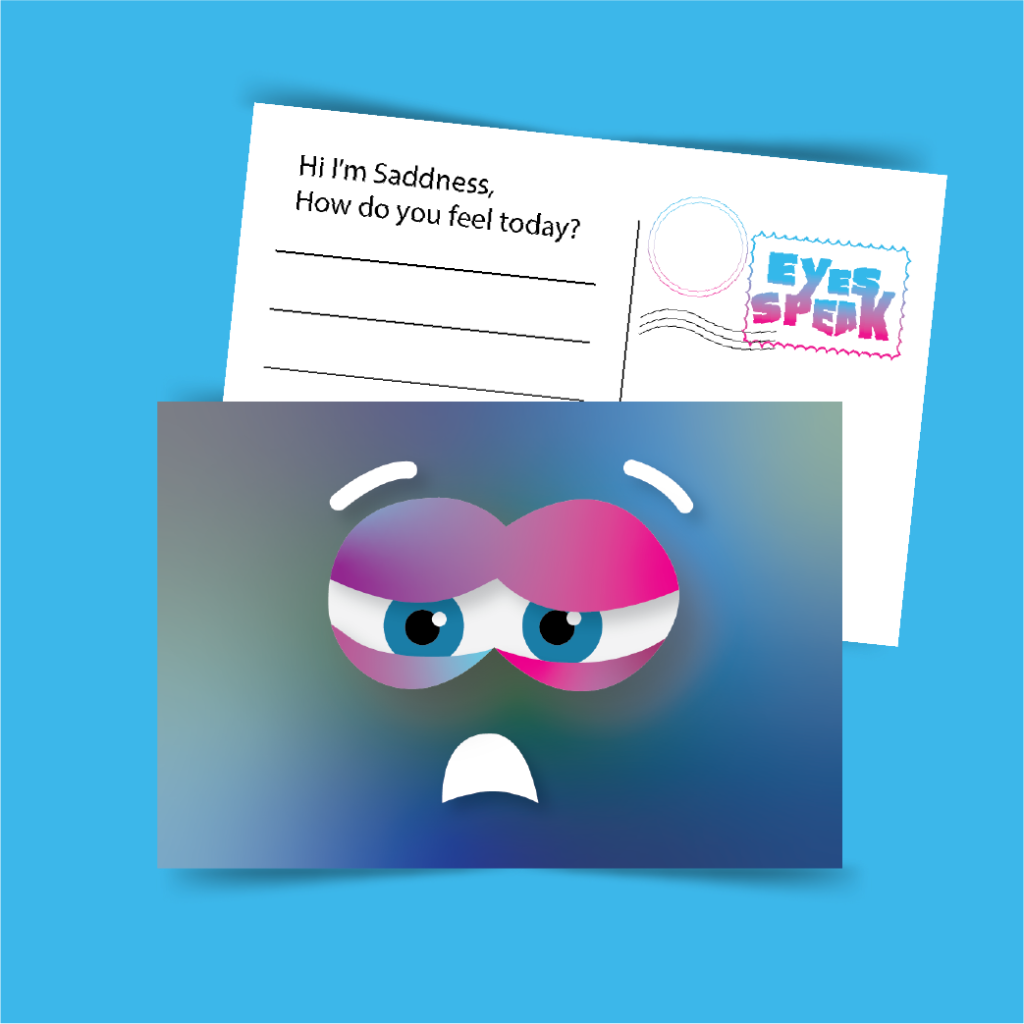

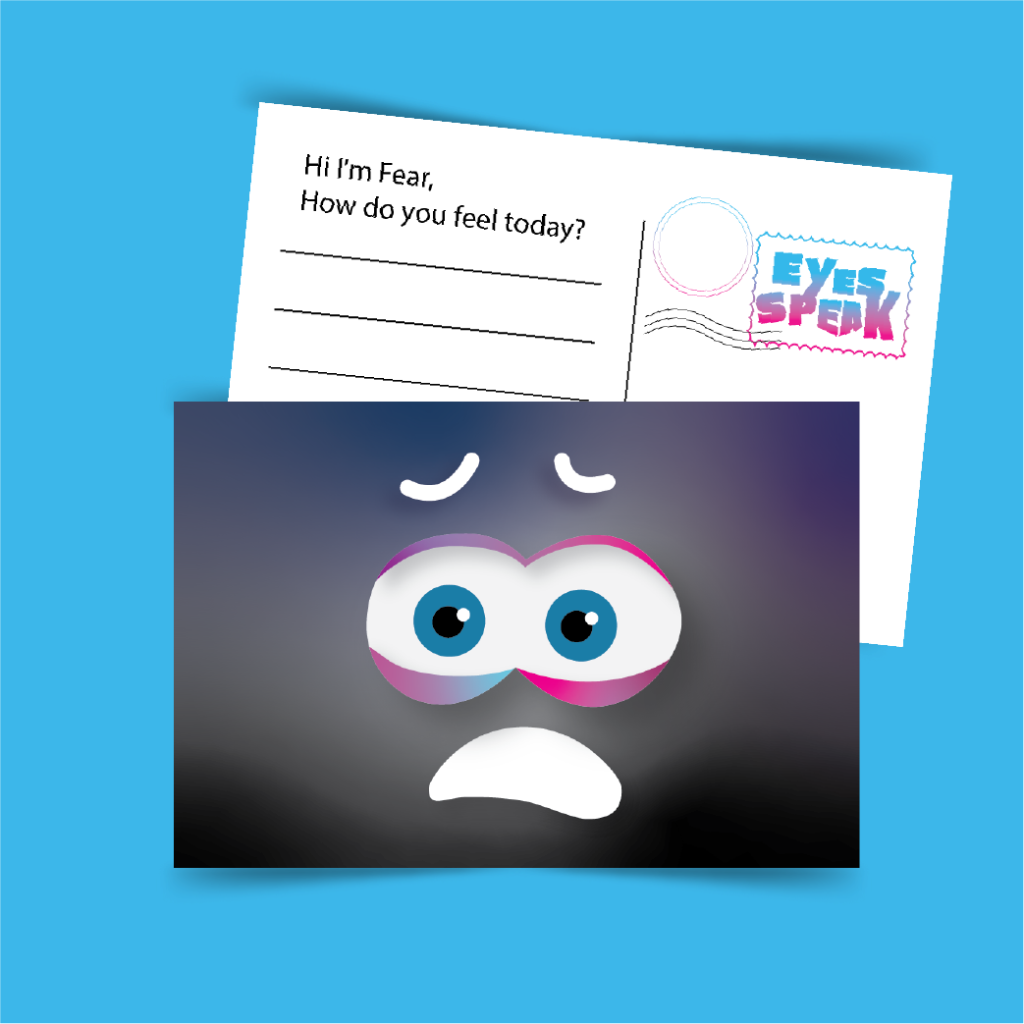
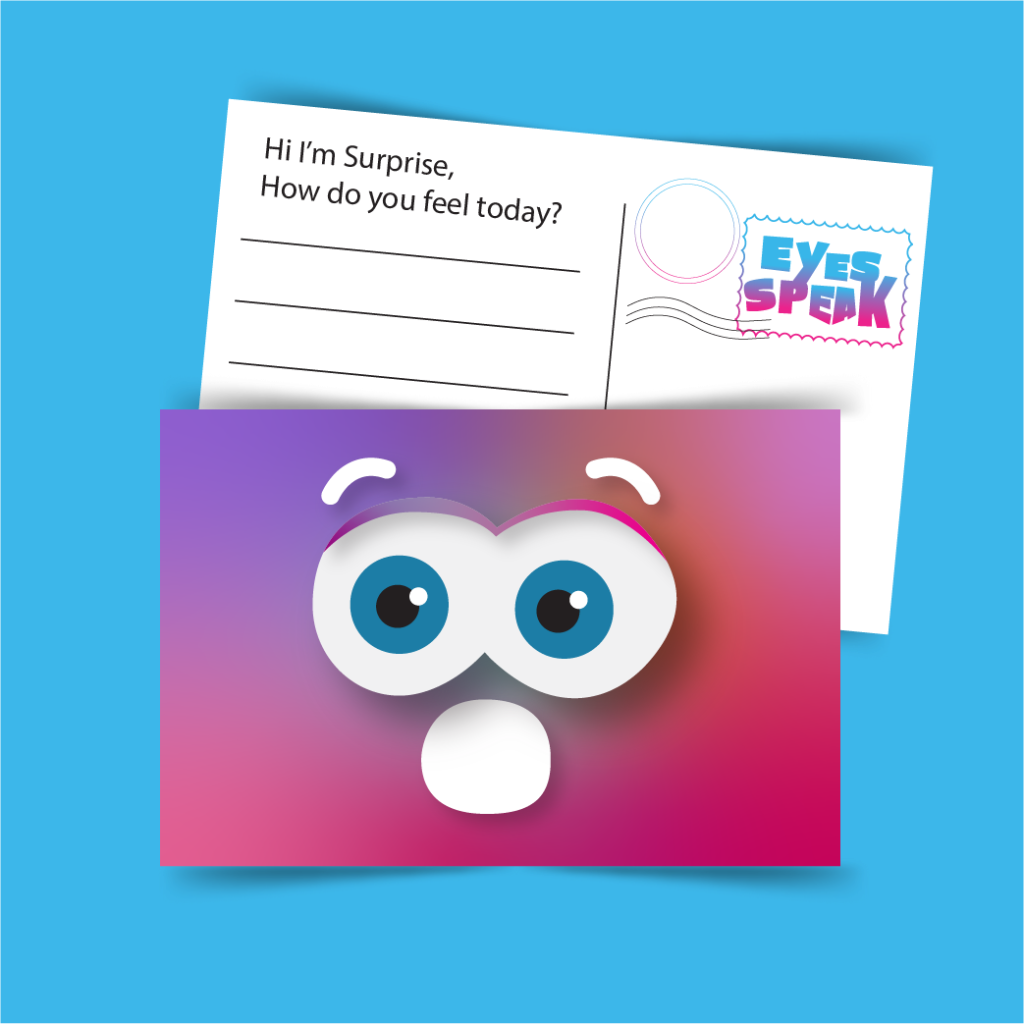


Brand Identity

I opted for a playful and lively approach for the branding elements. The aim was to convey an engaging message. The use of vibrant colors and playful typography serves as an effective strategy to captivate the audience, encouraging them to stay engaged and watch the whole animation.



This graph illustrates my project’s core concepts, with nonverbal communication as the focal point. It branches out into expression, comfort zone, intuition, attitude, action, thought, feelings, instinct, reflex, and reaction.
The blue side contains human body responses that come naturally to us, while the pink side signifies areas where we have more control. Our actions and expressions are based on our learning, our experiences, and our values.
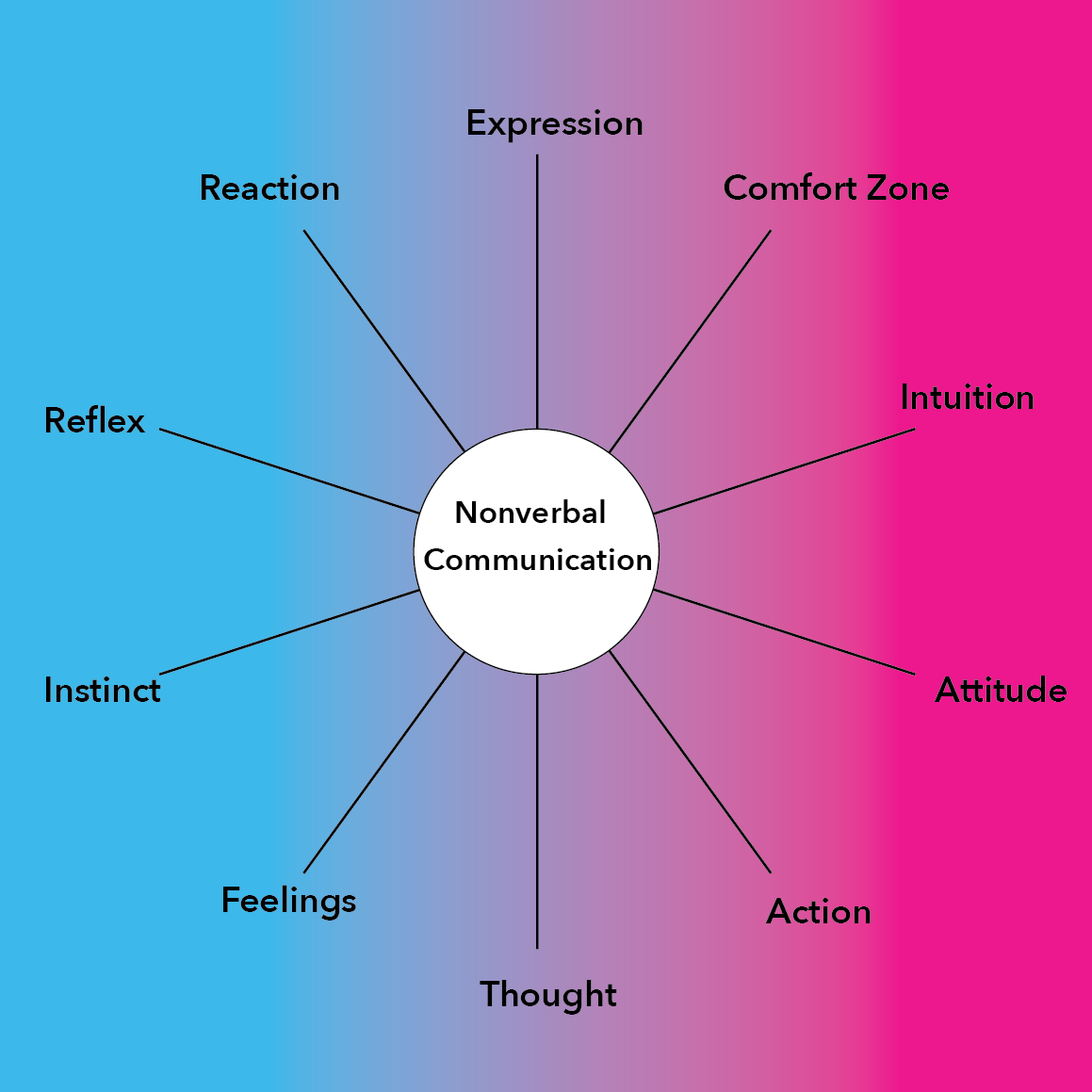

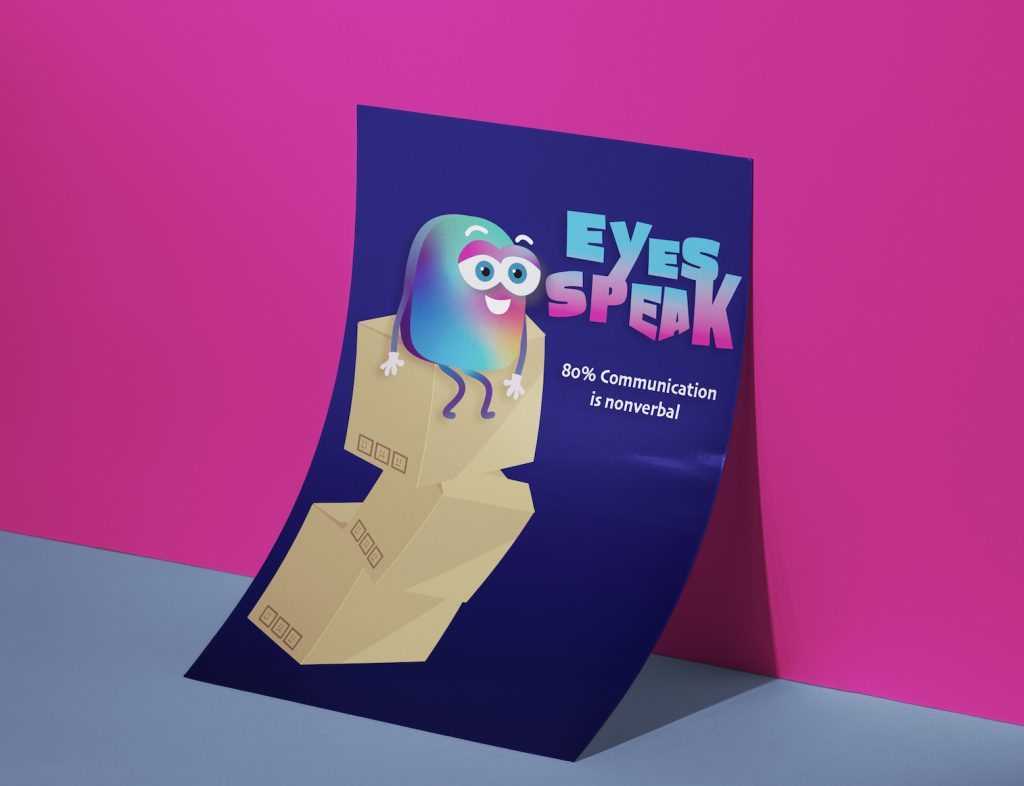
Mug Collection
The mug collection provides an opportunity for our audience to connect with the emotion they relate to the most. I created the mugs as a playful product for the audience to use in their everyday lives.
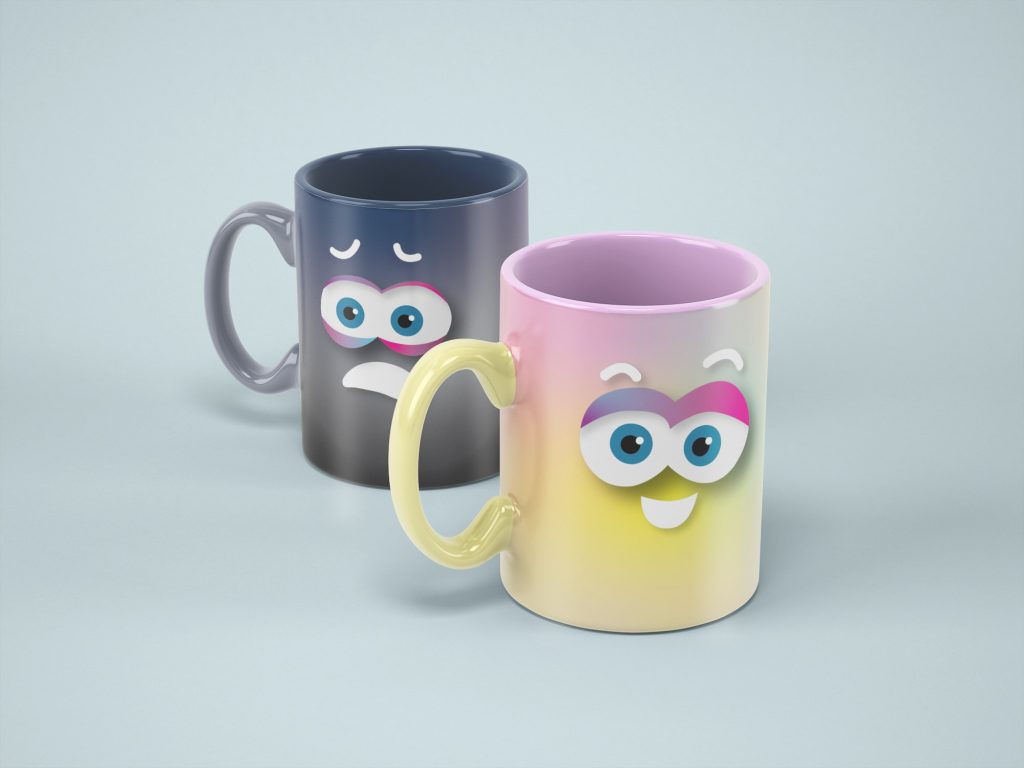
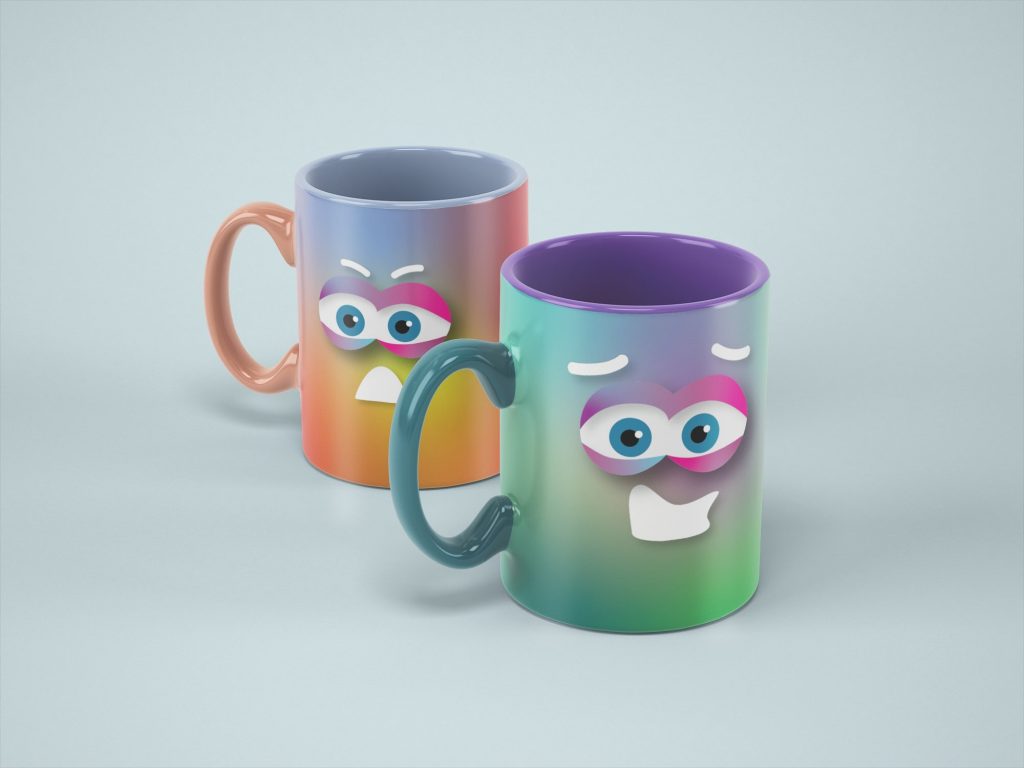
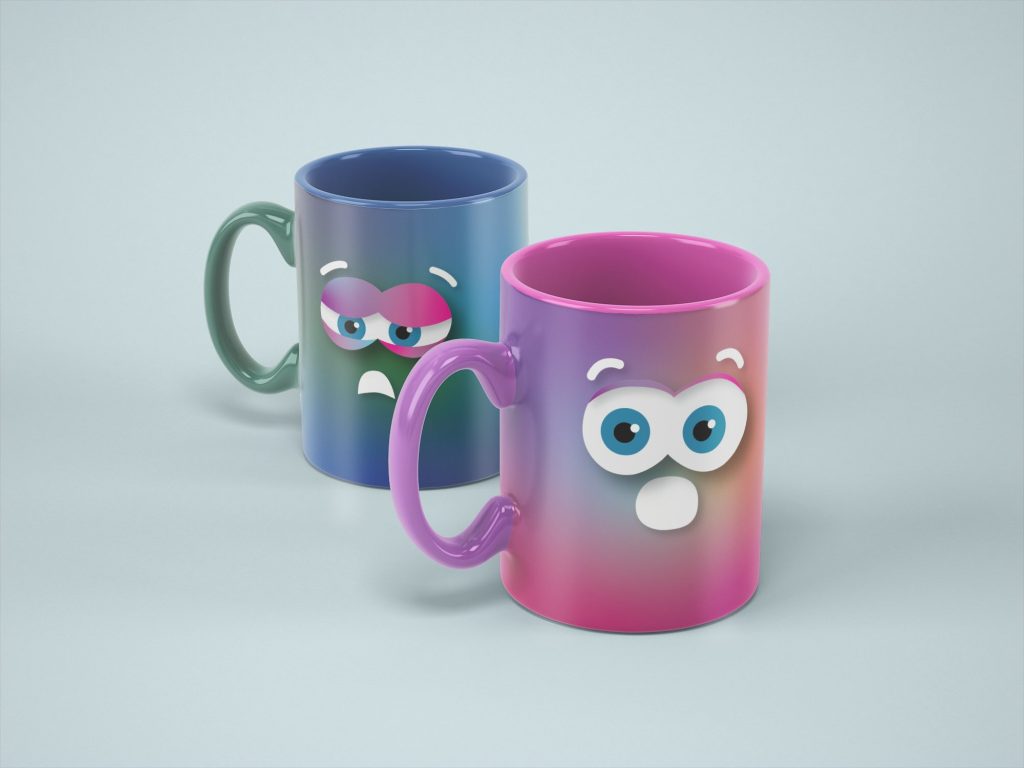
Sticker Collection
Through the animation, only 4 facial expressions are shown. The stickers are made as giveaways to visually display all the emotions of the character.
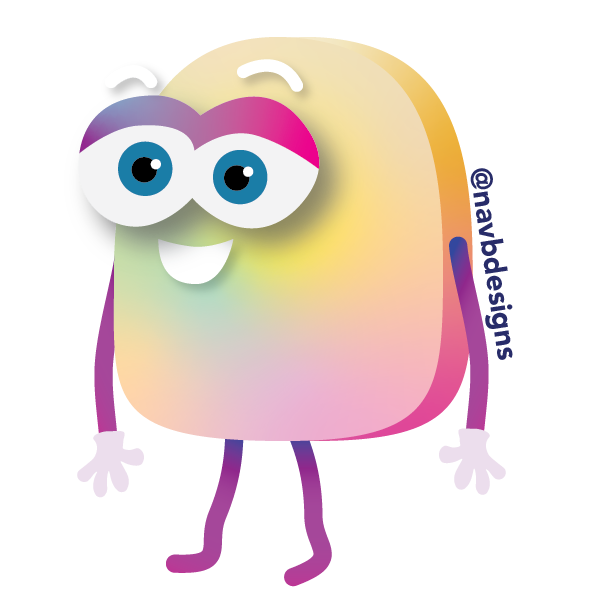
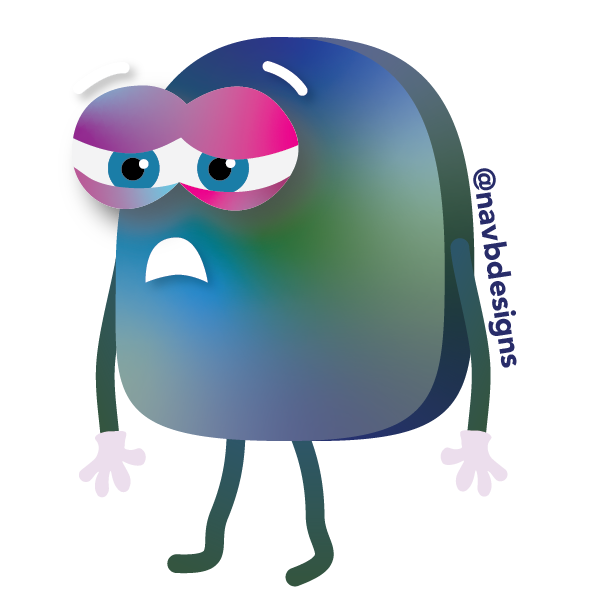
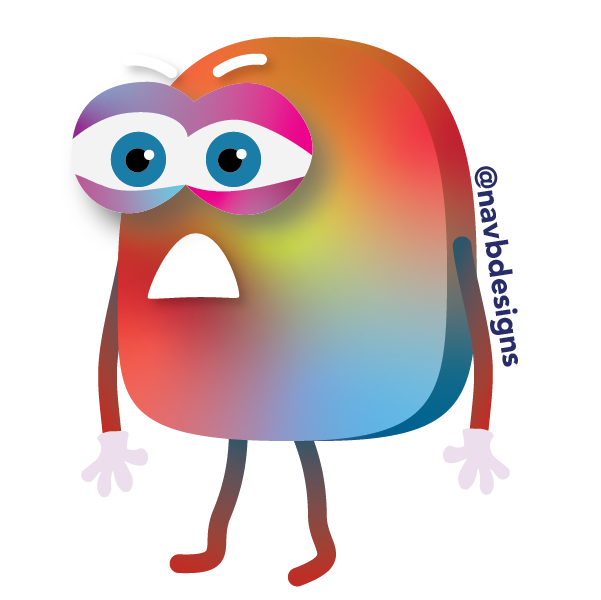

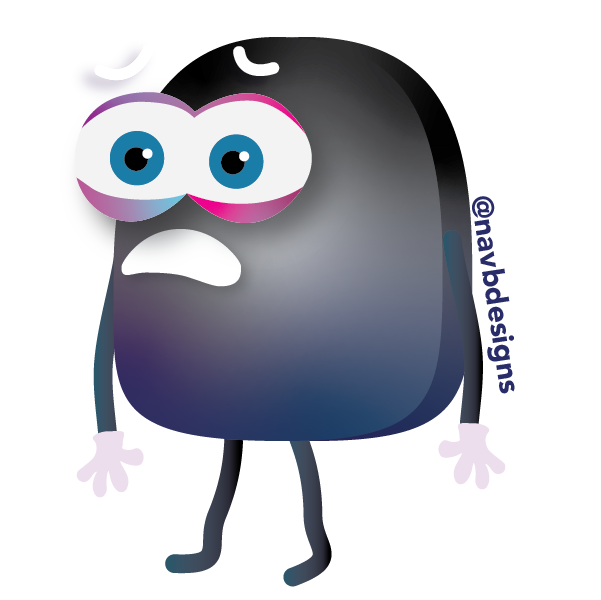
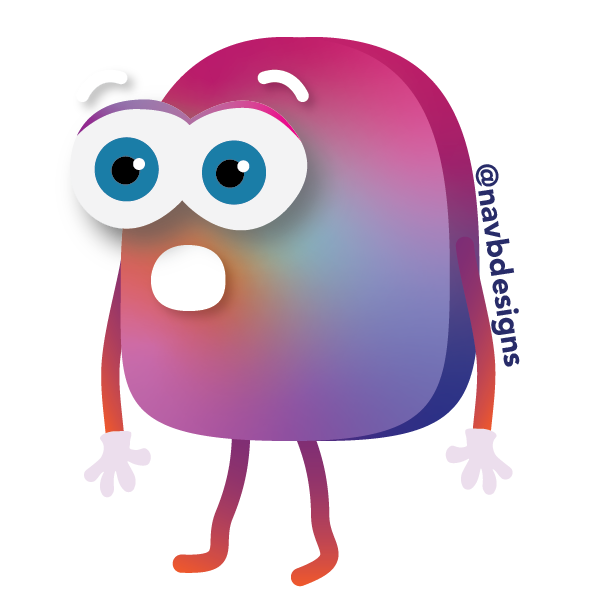



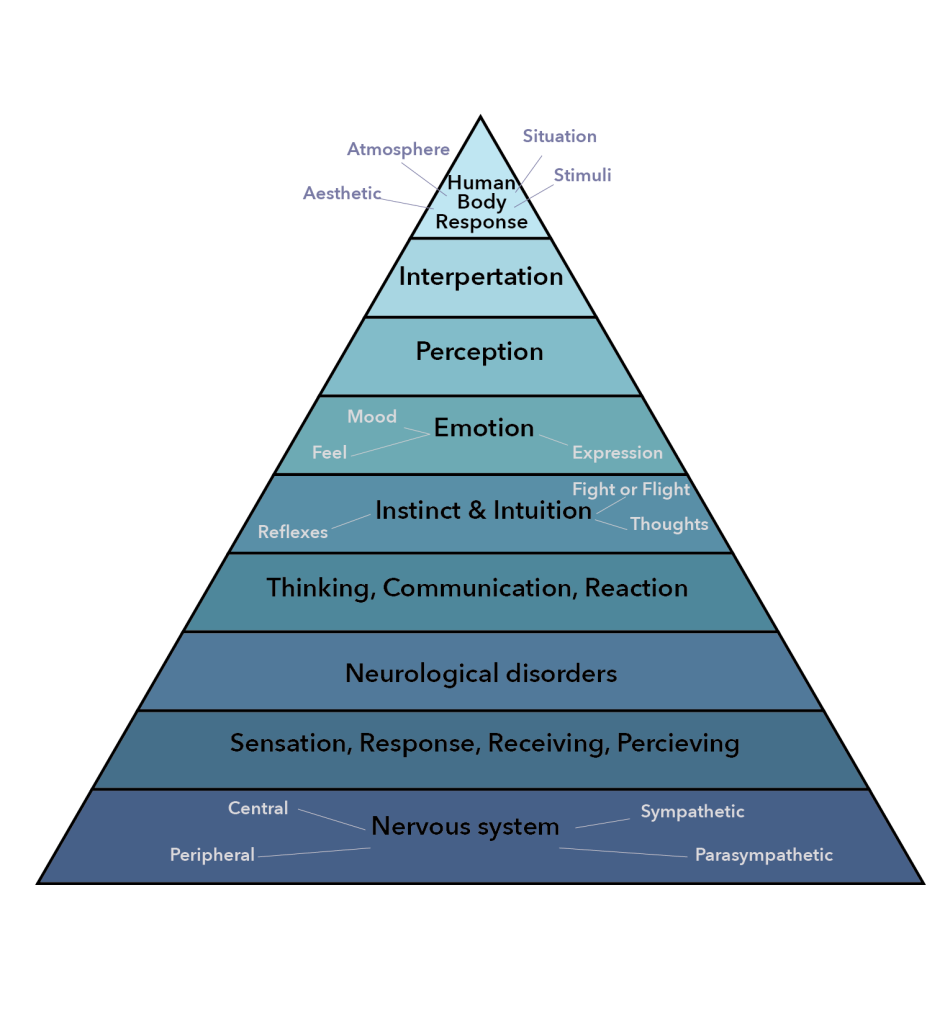
I began my project with research on the nervous system, as it serves as the scientific basis for how our body communicates internally through neurons. Billions of neurons in our brain transmit signals via the spinal cord, enabling our body to react, function, and respond to various stimuli.
However, our responses aren’t solely physical; they also encompass emotional reactions, expressed through facial expressions and feelings. These emotions significantly influence our choices in physical reactions. The hierarchical structure of my research process is depicted in the graph.
Creating this pyramid provided valuable insights into the core aspects of my research. It visually illustrated how I expanded from the initial focus on the nervous system to the narrower topic of human body response.
After conducting research over a couple of weeks, I observed that the nervous system forms the foundation of the hierarchy. Human body response is at the top, indicating a shift from solely examining physical reactions (instinct vs. intuition) to exploring the broader spectrum of reaction, encompassing both physical and emotional dimensions.
I considered researching deeper into the study of the human body response through emotions, feelings, moods, and expressions, investigating how these aspects connect to physical responses. Emotions significantly shape how we engage with our environment, interact with others, and navigate various situations. Additionally, I’ve recognized a close relationship between design and the emotional aspect, which presents intriguing avenues for further exploration.

Project Statement: How does the human body communicate with itself?
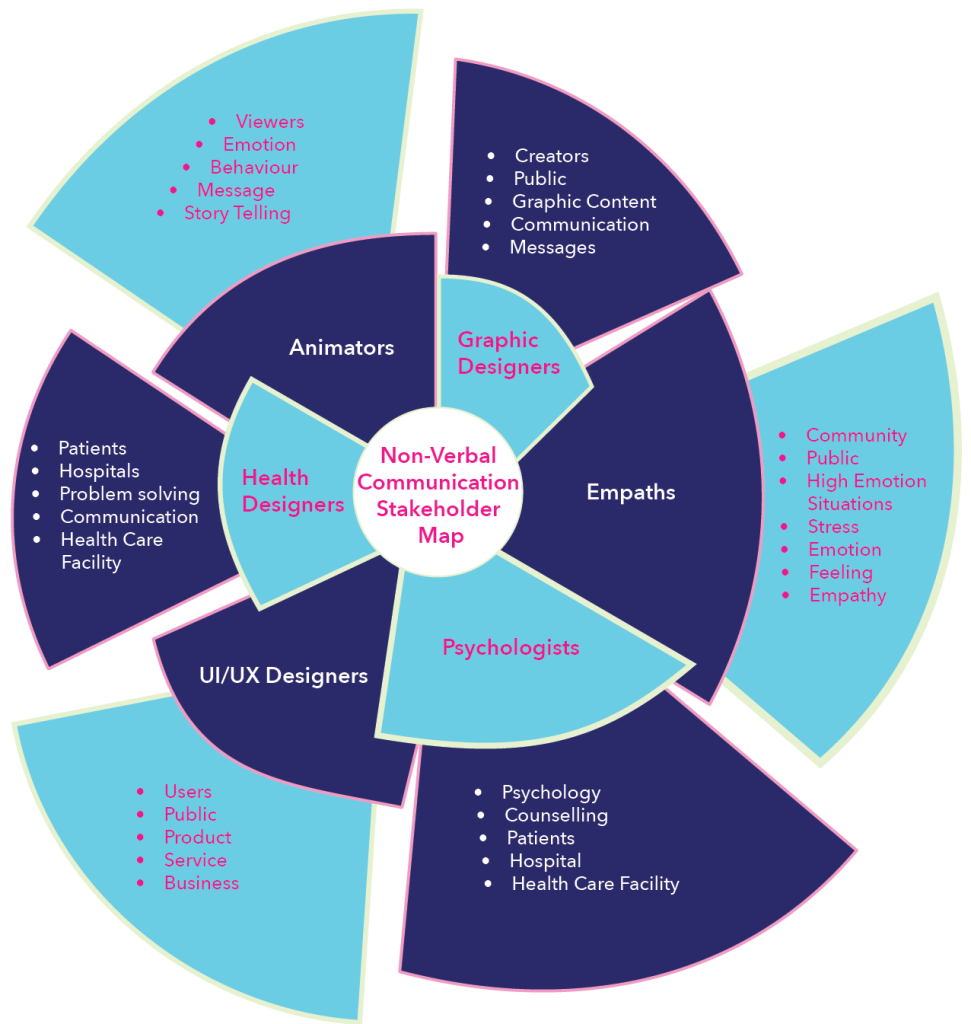
Understanding why people react in certain ways through instinct is a foundation for understanding emotional responses.
The similarity I found between instinct and intuition was emotion. Emotions became my new focal point.
Through this project, I used design methods and outcomes to learn about emotional psychology. I learned why humans react the way they do to certain stimuli and how those reactions affect us physically and mentally. Visual information drastically influences human behavior emotionally and physically.
Understanding the difference between individuals’ reactions helps in design development to understand who our target audience is.
Reflex is a movement we all experience without giving it insight. Our body unconsciously responds to a situation. These automatic reactions influence the way we experience emotions, both positively and negatively. Unconscious decisions rely heavily on the instinct of mere predictions of what will happen next, guiding our emotional responses. Our reflex interacts with our nervous system performing the actions that were predicted to be best for the situation.








